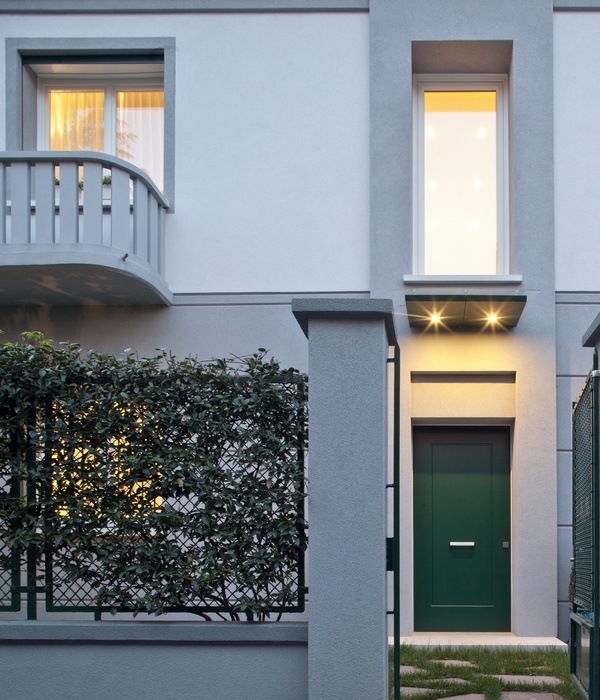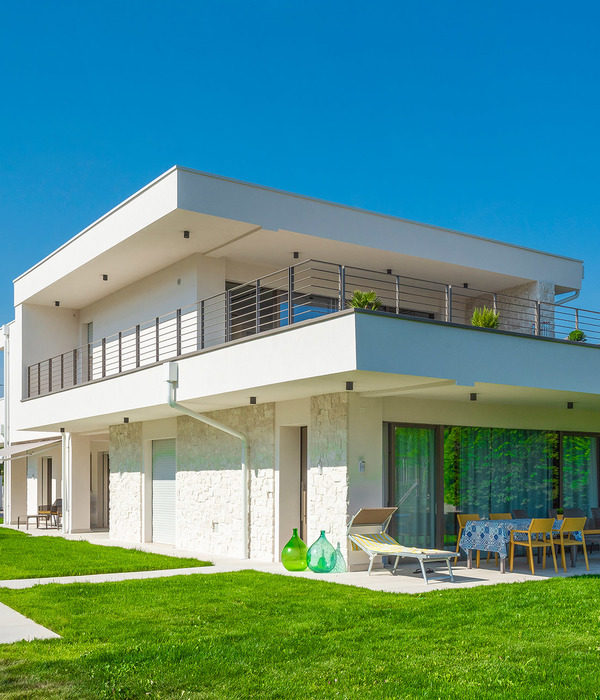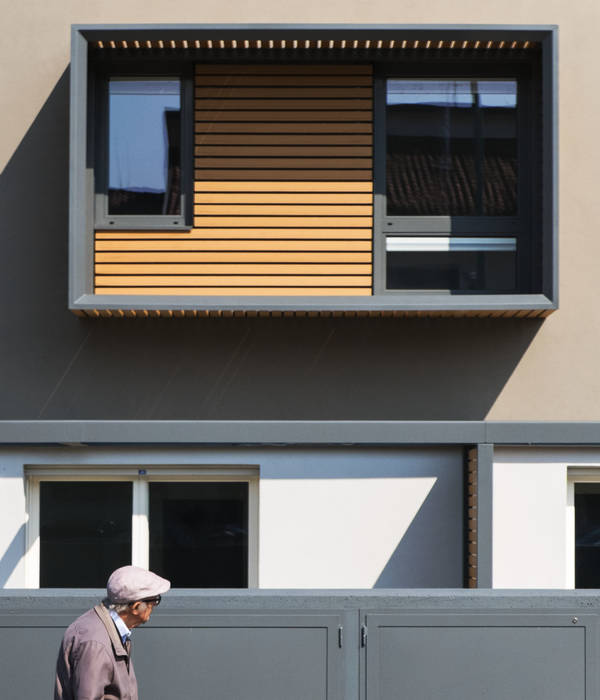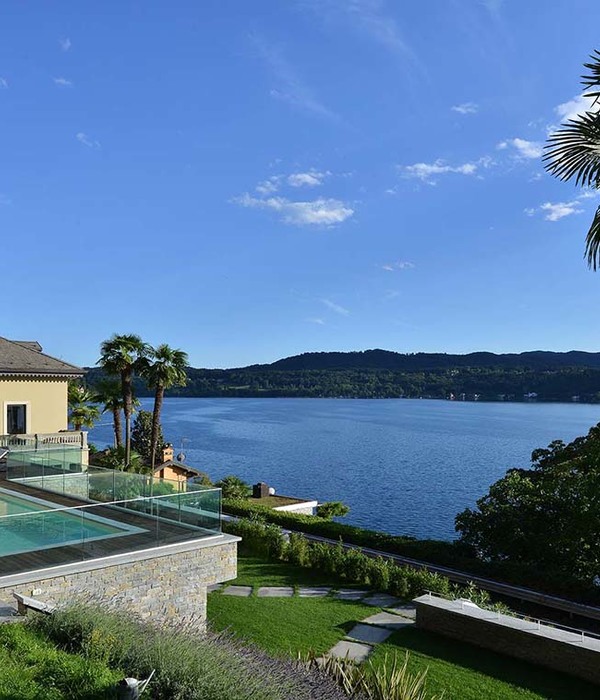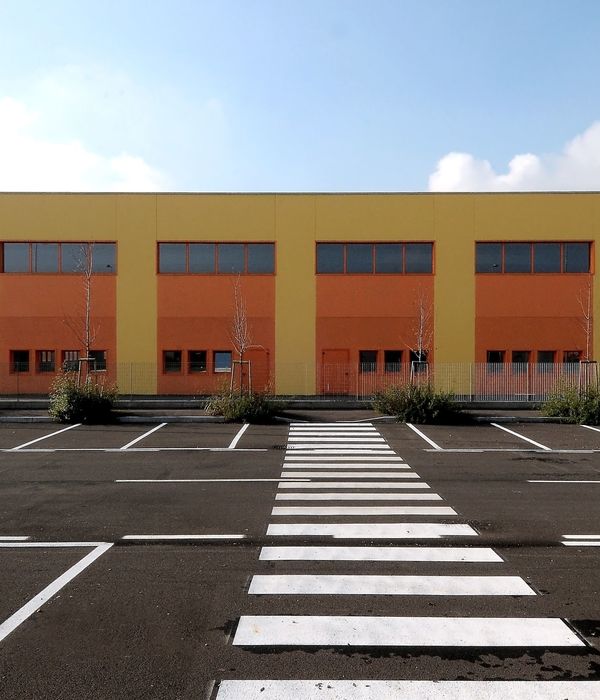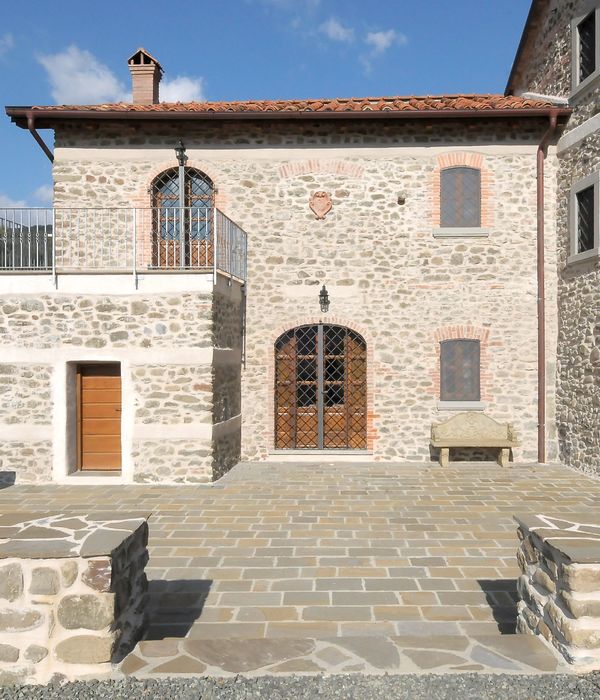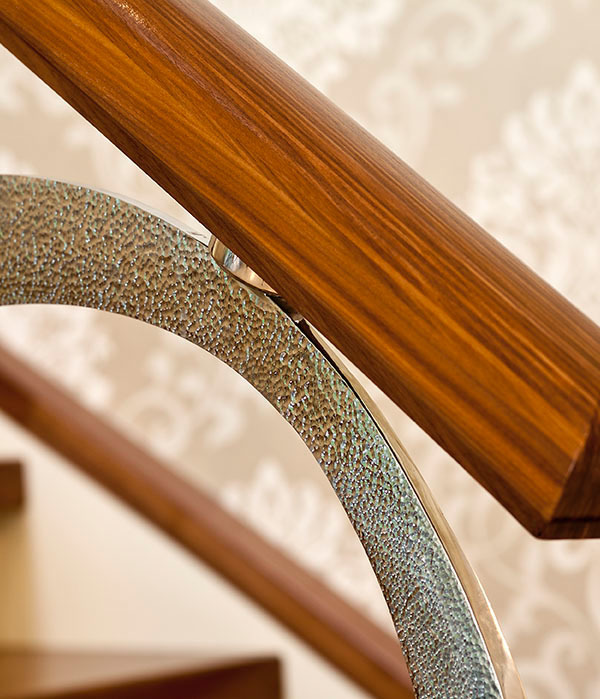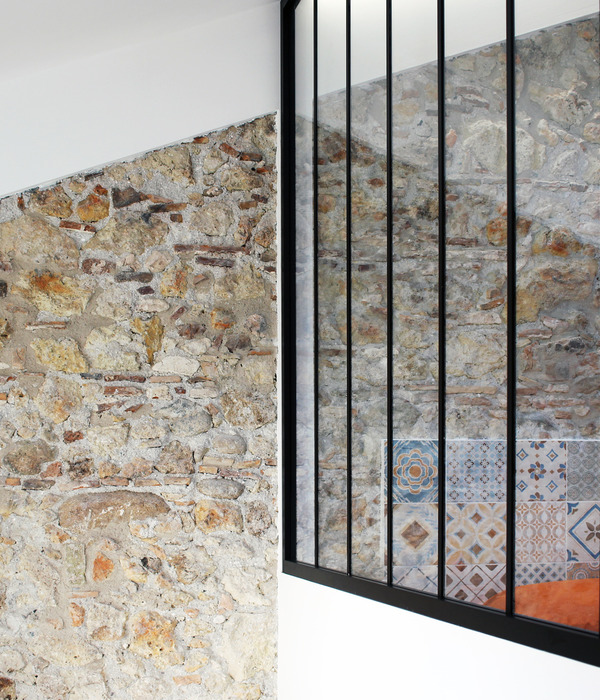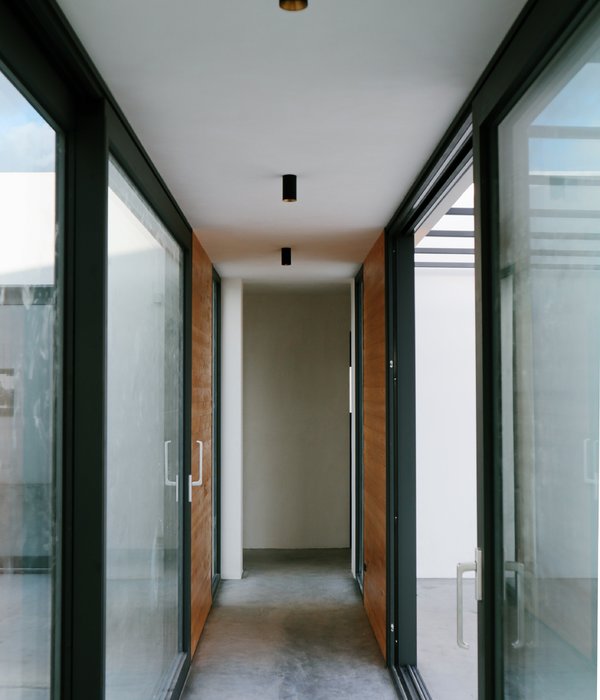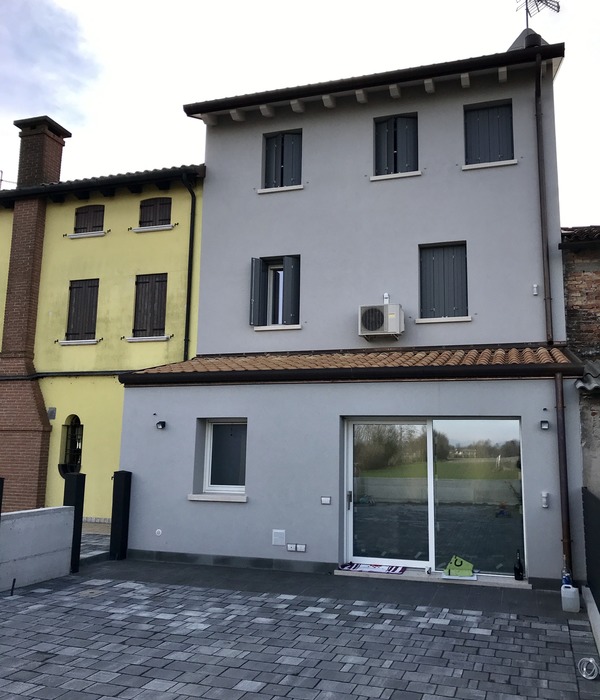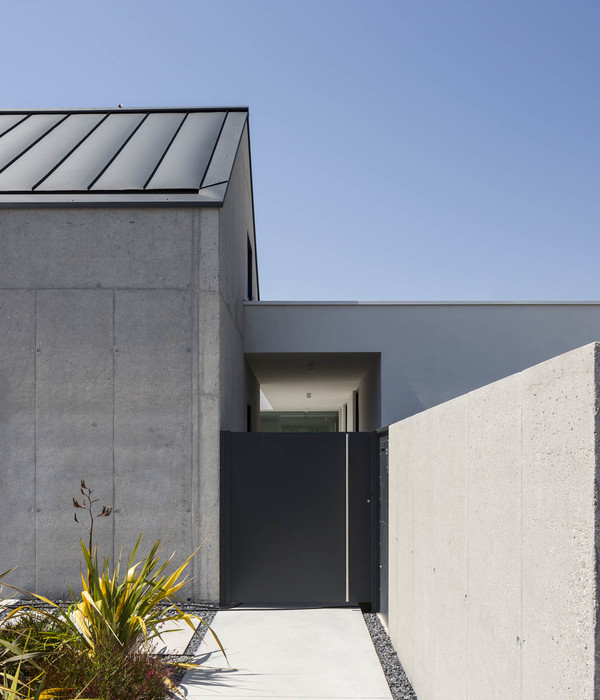Casa 31_4 Room House
设计方:Iredale Pedersen Hook Architects + Caroline Di Costa Architect
位置:澳大利亚
分类:别墅建筑
内容:实景照片
设计团队:Caroline Di Costa, Adrian Iredale, Finn Pedersen, Martyn Hook, Brett Mitchell, Sinan Pirie, Matthew
建造:Hugo Homes
图片:44张
摄影师:Iredale Pedersen Hook Architects
这是由Iredale Pedersen Hook Architects与Caroline Di Costa Architect联合设计的31号四房别墅。该别墅用丰富的空间体验重新诠释回忆、传统、社会和文化价值。该设计的室内灵活性布局,不仅能满足日常使用要求,还能适应长期不断发展和变化的需求。建筑顶层和底层的空间因为可操作的木框幕墙而免受强烈的夏季阳光直射。顶层是手动操作的网状冷却系统,能将热流动的空气迅速冷却。窗口的布局经过精心布局,能最大限度提高交叉通风,或者冬季时获得热量(朝北的天窗能获得阴影)。室内的空间保留着过去的旧元素,呈现分层而不会磨灭的历史感。可持续发展设计贯彻到每一部分,包括低耗能的照明元件、可回收的灯具、低耗水及储水箱、光伏电池和太阳能热水系统等。
译者: 艾比
Casa 31_4 Room House re-interprets the role of memory, tradition and social and cultural value in a rich spatial experience that is simultaneous familiar yet unfamiliar. Our architecture preserves and reinterprets the past, history is layered but never erased, fragments of the past continually remind us that we are only another layer in the rich and unfolding history of this place.
All spaces contain elements of the past, often manifest as objects of intrigue, the sloping floor (the former roof), the barge scrolls on the front fence, the roof tiles creating a musical score along the boundary, the chimney as water collector and the up-cycling of former building elements as decks, gates, architraves and furniture.
A front deck engages with the street, re-introducing the role and value of the front garden as social setting and meeting place, a past tradition by the immigrant Italians and Greeks that has almost disappeared in societies obsession with privacy and security.Over the last 3 years we have explored our 1936 queen anne mount hawthorn federation house scraping, layering, and peeling with 4 primary spatial ideas:
The room to the interior explores what existed, years of layering, the art of construction, knowing what to keep, what to reveal and what to remove, knowledge gained from 13 years indulging in the past. rooms become the embodiment of a city, a microcosm of the qualities that make a great city.The room to the garden focuses attention to the exterior at ground level, it is purposely heavy and grounded engaging with the earth, the section expands to the exterior, a series of folding screens layer the engagement.A space of deep sensory delight, an architectural palette cleanser , transitions the ground and upper level, the eyes and nose are overpowered by the burnt and waxed plywood walls and the amber light cast by nan’s 1950′s sliding door.
The room to the horizon filters the suburban roof tops, the screen abstracts the exterior world, the interior is one folded space formed through a play on the one point perspective that intensifies the horizon. openable screens create a direct view framing the horizon, releasing the interior volume. the space is cooled with an interpretation of the old coolgardie safe, water is dripped down the fabric cooling the outside air. the newly restored, 1956 iwan iwanoff guthrie residence cabinet finds a new home after 15 years of storage in numerous architect’s garages. The roughly painted ‘i love linda’ remains on the chimney, a rear window frames the distant saint mary’s church.
The room to the sky creates a vertical spatial experience, a halo of love poems embraces us (former wedding installation) and at night a cross of light abstracted by polycarbonate awakens but unlike st mary’s church our little spire opens up to the heavens.
After 4 years of renovating it is now time to enjoy the richness and intensity of experience that this renovation has created. Every day is a different experience, one that is tender, unexpected, personal and embedded with history. The design enables our children and us to grow and evolve in a sequence of spaces that encourage engagement with each other and the dwelling and offers new ways of understanding and exploring family relationships and an understanding of space. Our house is simultaneous a memorial, playground, place of celebration, stage set, place of community interaction and most importantly ‘home’.
The design exploits all areas of the site with an inherent flexibility for not only day to day use but the long term capacity to adapt to evolving and changing requirements as the family grows and ages.It re-engages with the street and community allowing our children to play in safe environment connected to the street and house. Spaces are specific and flexible, while offering sufficient capacity for personal interpretation and use.This project includes both a macro and micro approach to sustainability. It also extends the meaning of sustainability beyond environmental to include contextual, social, cultural and economic concerns.
his house will be a case example for the City of Vincent demonstrating the importance of preserving the 1935 Queen Anne Federation home with the capacity to embrace contemporary expectations of living, without comprising the street context or privacy of adjoining properties. The neighbouring house completes the street sequence of ‘twins’ and twins should never be separated.The removal of material from site is minimised, an attitude of ‘upgrading’ ensures that materials once concealed for structural purposes are now used for furniture, decks, doorframes and architraves.
The upper and lower level spaces are protected from the low, intense summer sun with timber framed fixed and operable screens, the upper level is cooled with a manually operated reticulation system that drip feeds water on to the fabric, hot moving air is rapidly chilled, this is Perth’s largest ‘Coolgardie Safe’, a 19th century low-tech refrigeration system used by the Coolgardie WA gold miners to cool edible goods. Windows are strategically located to maximise cross ventilation or for winter heat gain (north facing highlight window with a deep reveal for shading).
All interior spaces preserve elements of the past, history is layered but never erased. Low energy light fittings, recycled light fittings, low water use and storage, pv cells and solar hot water systems all form part of the sustainable equation but is the focus.Economy is achieved through re-cycling, restoring, re-interpreting building materials and historic traditions and minimising waste.This project represents a holistic approach to design and dwelling, where memories are preserved, carbon footprint minimised and the concerns of the broader community celebrated.
Folding forms developed from the existing roof achieve a re-interpretation of the surrounding streetscape and roof-scape, binding old and new/ historic and contemporary. A Jekyll and Hyde quality, the street appearance remains almost untouched, a silent figure, a backdrop, the rear is the extrovert, complex and challenging.
As architect owners we were keen to maintain an open line of discussion that enabled details to be developed and refined as the project evolved. This often involved the capacity to re-use building waste. Our structural engineer and builder eagerly entered in to this arrangement in particular the role of the builder extended beyond the traditional role.
澳大利亚31号四房别墅外观图
澳大利亚31号四房别墅
澳大利亚31号四房别墅正面图
澳大利亚31号四房别墅横切面
澳大利亚31号四房别墅纵切面
澳大利亚31号四房别墅平面图
澳大利亚31号四房别墅底层平面图
澳大利亚31号四房别墅二层平面图
澳大利亚31号四房别墅图解
{{item.text_origin}}

